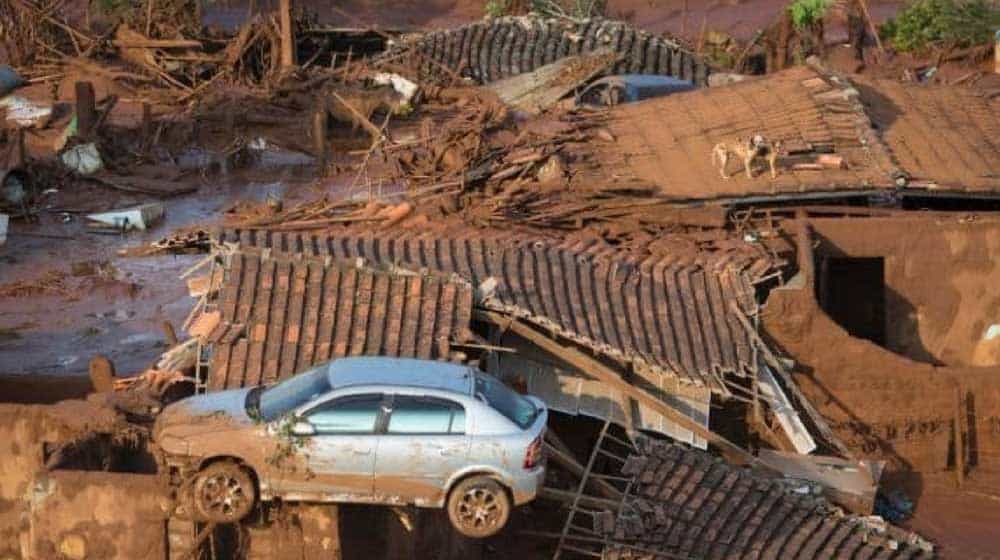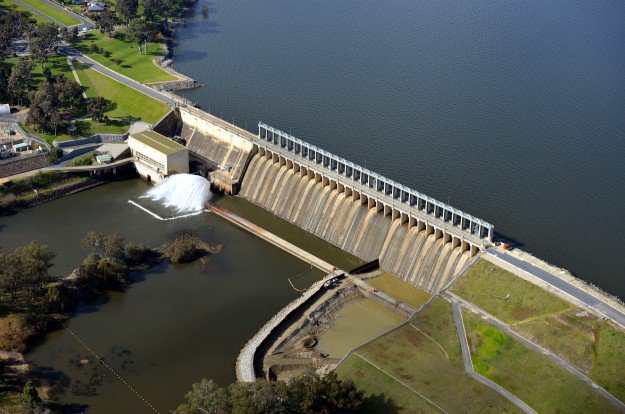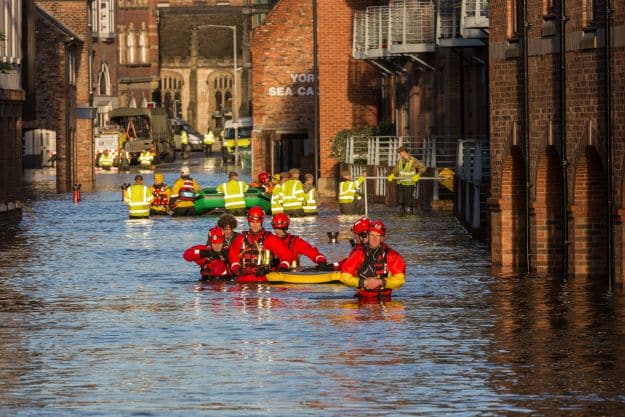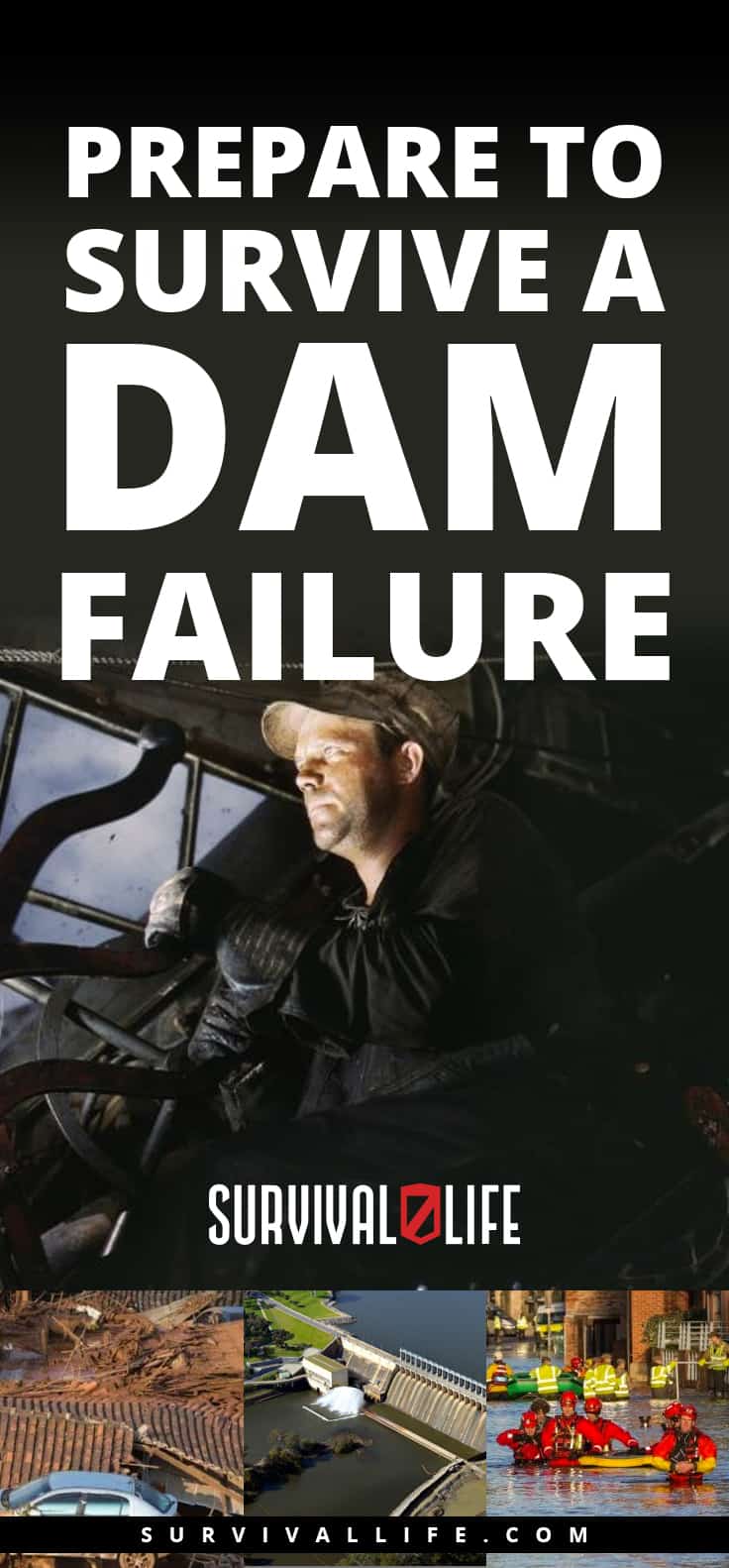Preparedness
Prepare To Survive A Dam Failure | Survival Life

Dam failure can occur with little or no warning at all. This can cause devastating and life threatening results to the area in its path.
Dam Failure Survival Tips: Surviving Through Experience
History tells us the probable causes for such failures range from natural causes like earthquakes, man-made disasters, heavy rains resulting to exceeding capacity, and overtopping of the dam, flaws in engineering designs, deliberate sabotage, poor materials, and unsatisfactory upkeep and maintenance. The same goes with the first-hand experience from survivors of these tragic incidents. Just in case you live downstream of a dam, you must be prepared at all costs because it only takes a matter of minutes for you to get out alive.
Before A Flood
1. Be Prepared

image via Wikipedia
Planning and organizing before a disaster, including response training, is essential to lessen the damage. This also increases your chances of survival. Find out if there is an integrated monitoring, warning and notification system established by the state, the municipality, or by the dam operator. Early warning devices can certainly help a lot especially when a dam failure occurs. You can also teach your kids a few survival skills which might come in handy.
2. Identify The Risks You’re Facing

Coordinate with local authorities, emergency response units, and the dam operator if you can. Identify your location from the dam in case it breaks. Find out if it is a significant hazard potential dam or a high hazard one. Contact the NID (National Inventory of Dams) or the ASDSO (Association of State Dame Safety Officials).
3. Prepare A Bug Out Bag And Make An Evacuation Plan

image via pexels
This is where the current EAP comes into play. This is a formal document which indicates preplanned actions to be taken to minimize damage to property and deaths. This also identifies possible emergency conditions at a dam. You must place the bug-out bag at an accessible spot ready to be grabbed at a moment’s notice. Make sure you’re familiar with the evacuation route. Luckily, we’ve got a bug out bag with just about everything you could think of here.
During A Flood
1. Increase Your Situational Awareness
When a dam failure occurs, listen to the sound of the siren. The time between the alarm and the raging waters hitting your location can be a matter of seconds. This time is critical for you and your family.
2. Move With Haste
Other than the alarm, the rumbling sound of water, rocks, and mud will make a loud noise. Don’t wait for instructions and immediately move to higher ground. Move to the upper floor or the highest point of your house if you are unable to leave.
3. Protect Yourself
Wrap yourself in a mattress to shield you from flying and floating debris. Some survivors who were in bed while a flash flood occurred survived bechttps://commons.wikimedia.org/wiki/File:US_Navy_070706-N-3832S-057_Cyptologic_Technician_Technical_1st_Class_Jason_Guidry_nails_shingles_onto_the_roof_of_a_house_during_a_community_relations_project_with_Habitat_for_Humanity.jpgause they were protected by the mattress. Other ways to protect yourself are the following:
- Unplug electrical appliances.
- Switch off main electrical switches and gas lines.
- Secure outdoor furniture and other essential items.
4. Things To Remember During Evacuation
Remember the following if you really need to evacuate:
- Never drive through flooded areas because the car can easily be swept away taking you with it.
- Don’t take the risk of walking through even six inches of raging waters. You can fall and be swept away. Walk through still waters using a stick to test if the ground is firm before stepping through.
- Studies show a foot or two of water can carry away your vehicle even if it were an SUV or even a pickup.
After A Flood

Put the following tips in mind to avoid any further injuries or possible deaths:
- Bring your survival kit with you at all times. We recommend this one.
- Steer clear from moving water.
- If you have to drive, go through areas where waters have subsided.
- If you’re evacuating on foot, keep away from floodwaters. Possible contamination from raw sewage, gasoline, or oil is high. Downed or underground power lines could make the water electrically charged as well.
- Listen to your portable radio for reports if the water supply would be safe for drinking.
- Be on high alert when entering buildings as the foundation may be weak or other primary areas are ready to collapse.
- Return to your house only when given the green light by local authorities.
- Report downed power lines to the power company and steer clear of them.
- Disinfect and clean everything that is wet and muddy. The mud may contain hazardous chemicals.
Bad Day HQ posts a classic example of a dam failure in Italy, leaving thousands of dead bodies in its wake:
Disaster from a dam failure can happen at any time, most often without any warning at all. It can happen in a blink of an eye but its legacy can last forever. The wake of destruction to human lives, livestock, and crops will forever haunt those who live to tell the tale. If you follow these guidelines, you might just be able to make it out alive should a flood rush your way if a dam fails.


Want to stay ahead of any crisis? This shows you the way.
Do you have any comments and suggestions you might want to add? Please add them in the comments below!
Here is an article about flood survival tips you might want to know about!
Follow us on Facebook, Instagram, Twitter, Pinterest, and Tumblr!
This article is for informational purposes only! Please read our full disclaimer right here.
-

 Do It Yourself7 months ago
Do It Yourself7 months agoParacord Projects | 36 Cool Paracord Ideas For Your Paracord Survival Projects
-

 Do It Yourself9 months ago
Do It Yourself9 months agoHow To Make Paracord Survival Bracelets | DIY Survival Prepping
-

 Do It Yourself9 months ago
Do It Yourself9 months ago21 Home Remedies For Toothache Pain Relief
-

 Do It Yourself10 months ago
Do It Yourself10 months agoSurvival DIY: How To Melt Aluminum Cans For Casting
-

 Exports8 months ago
Exports8 months agoAre Switchblades Legal? Knife Laws By State


InklingBooks
March 8, 2017 at 7:41 AM
One good principle to remember is that going up is often better than going away. You can’t outrun most flood waters, but you can climb higher than them. Plan where you’ll flee in advance. That may mean running up a nearby hill. It may mean climbing the stairs (not the elevator, which can quit) in a sturdy building. And practice what you should do to create muscle memory.
Also, if you live in a high-risk area, you might pre-position what you would place in that bug out bag with friends or family in a safer location. The less you have to do before fleeing, the better. And don’t forget toys for younger kids and entertainment for older ones. It may be days before you can go back.